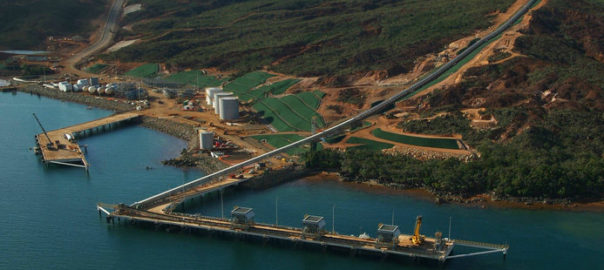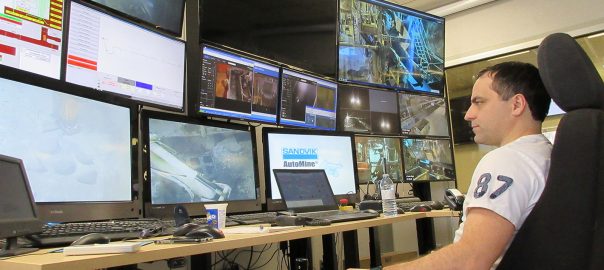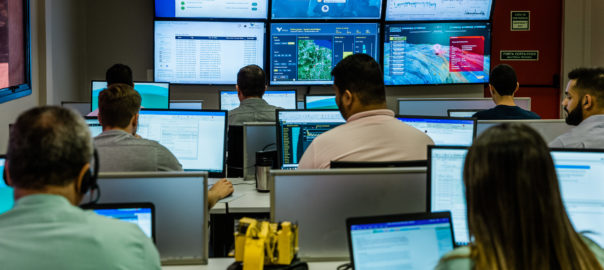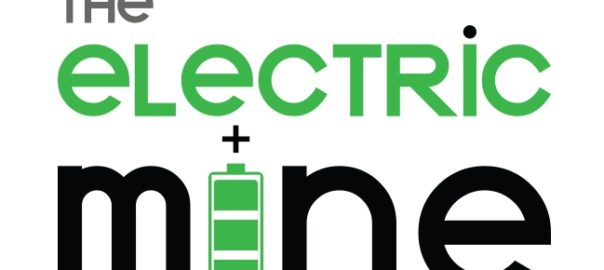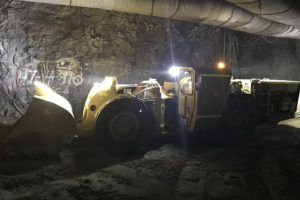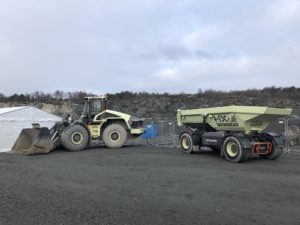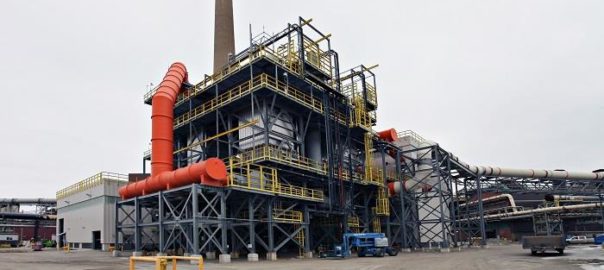Cedric Laney has been appointed to the role of Principal Mining Engineer for surface mines at Vale’s Base Metals Technology and Innovation division, the company has confirmed.
In this role, Laney will lead the innovation roadmap, technical governance and engineering support for the Base Metals division’s surface mines. He will report to Samantha Espley, Head of Mining, Technology & Innovation for Vale Base Metals.
“This is a critical role to aid in guiding technical applications in the mines resulting in improved safety, sustainability, and profitability,” Espley said.
Laney has held several key leadership positions at Vale’s Goro operations in New Caledonia (pictured), most recently as the Manager for Mine Engineering and Construction and, last year, as the Mine Manager.
“His guidance and knowledge over the last seven years has been instrumental to bring success to the team in Goro,” Espley said, adding, “He will be missed by his many colleagues there.”






